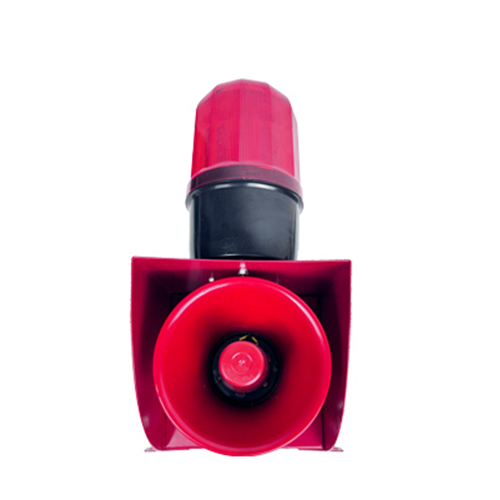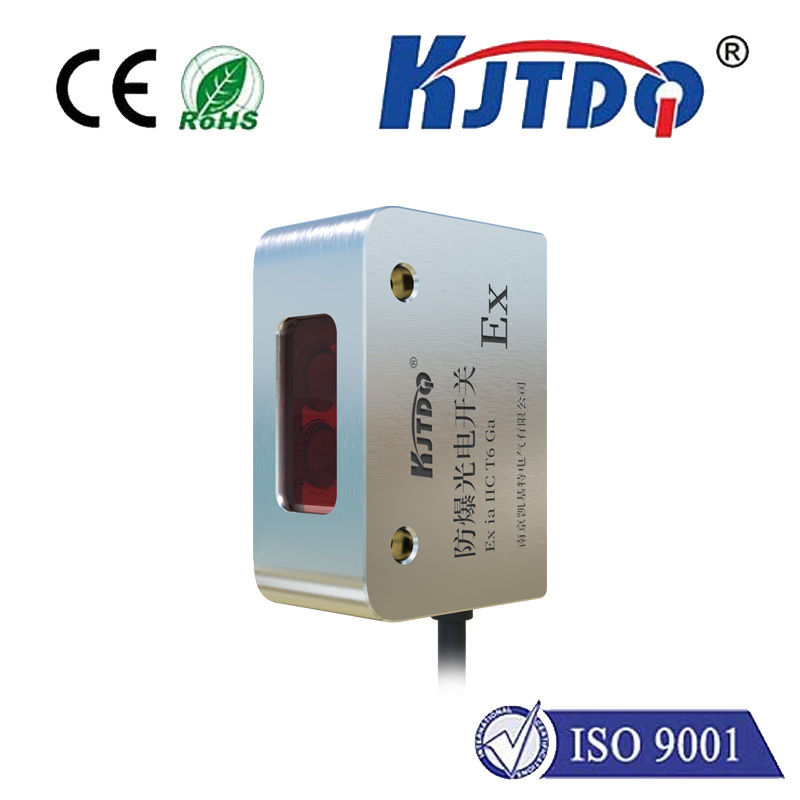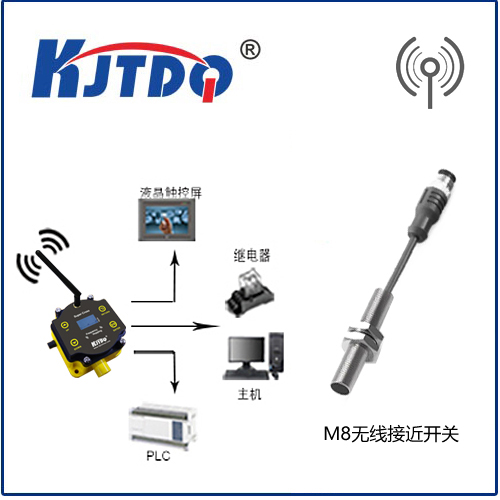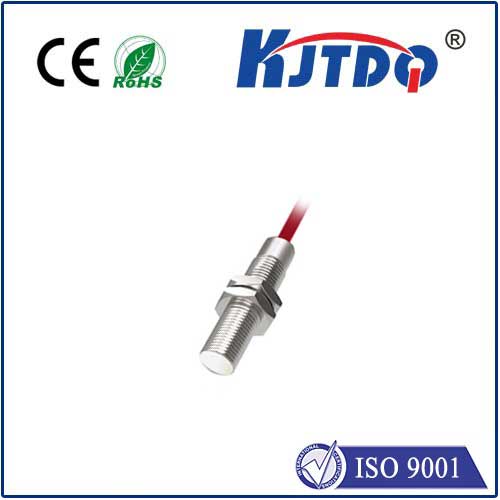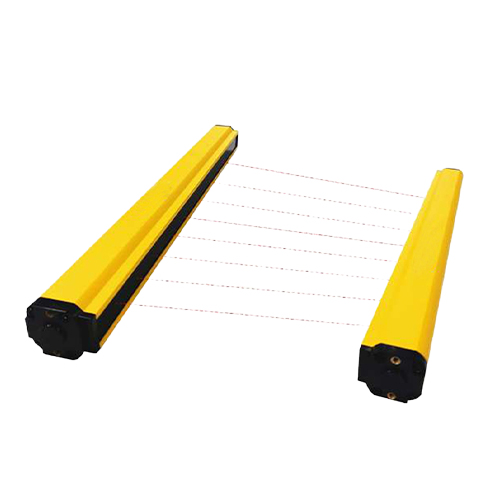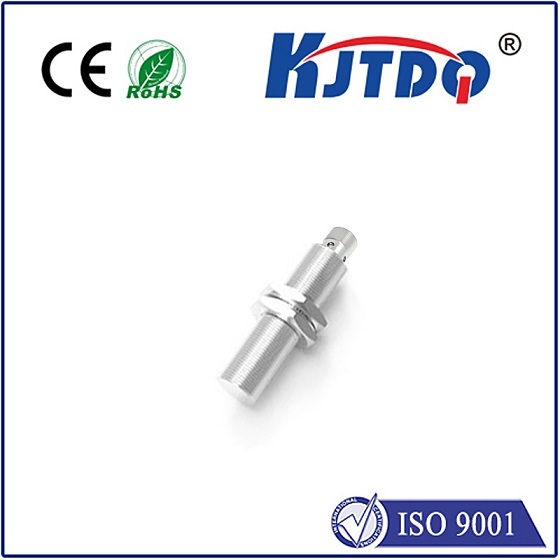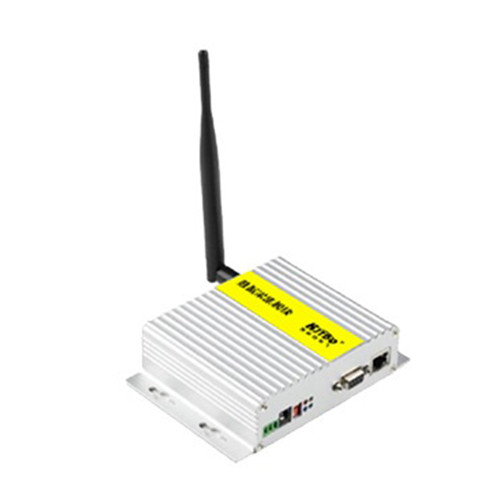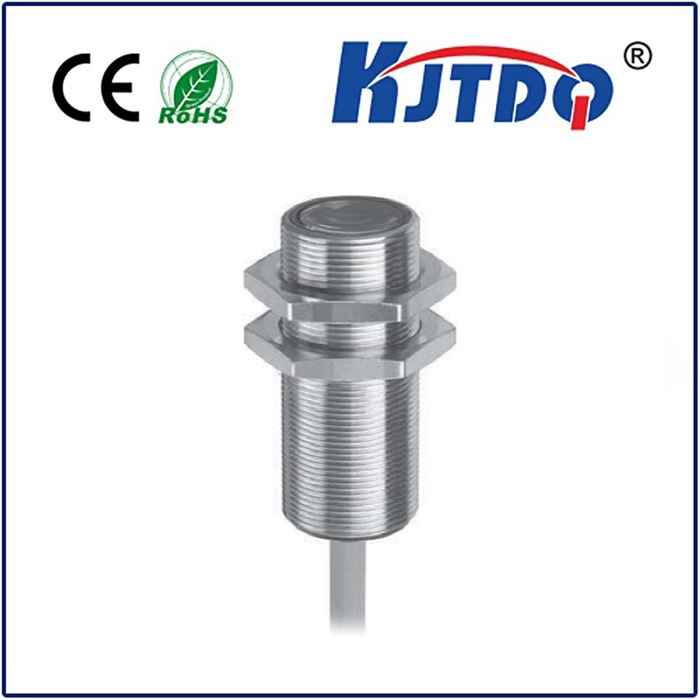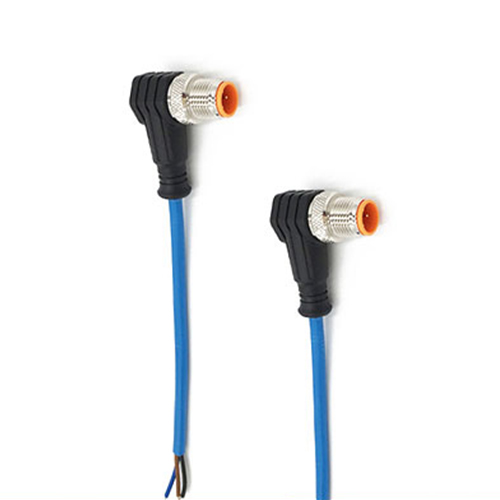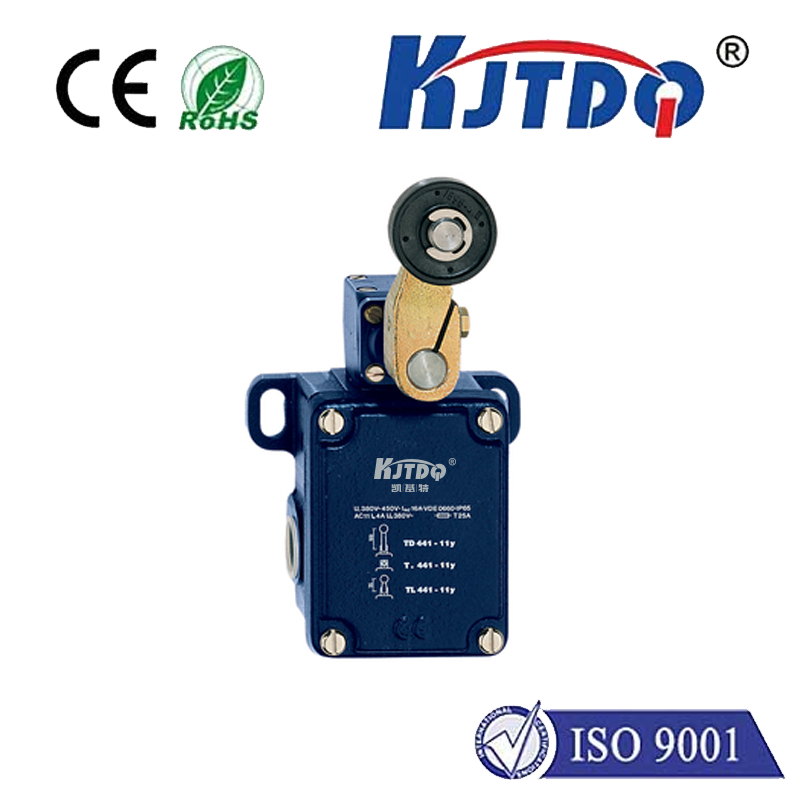

check

check

check

check

check

check

check

check

check

check
Imagine an automotive assembly line where robotic arms dance within millimeters of complex engine blocks, or a high-speed packaging machine where components zip through cramped channels. Traditional round proximity sensors often simply won’t fit or can’t deliver the necessary detection angle in these confined spaces. Enter the elliptic proximity sensor – a specialized inductive device engineered to overcome spatial limitations while delivering reliable, non-contact detection of metallic targets. Their unique oblong shape isn’t just a design quirk; it’s the key to solving critical sensing challenges in modern automation.
Understanding the Core: How Elliptic Proximity Sensors Work
Like their circular counterparts, elliptic proximity sensors operate on the fundamental principle of inductive sensing. At their heart lies a ferrite core wound with a specially shaped coil – distinctly elliptical. When powered, this coil generates an oscillating electromagnetic field. When a metallic target (typically ferrous or non-ferrous metals like steel or aluminum) enters this field, eddy currents are induced within the target. These eddy currents dissipate energy from the sensor’s oscillating field, causing a measurable change (usually a reduction in amplitude or shift in frequency). The sensor’s internal circuitry detects this change and triggers its output signal (switching state – NPN/PNP transistor or NO/NC relay).
The crucial difference lies in the shape of the sensing field. An elliptic coil produces a similarly oblong or oval-shaped electromagnetic field extending from its face. This unique field geometry fundamentally alters the sensor’s detection characteristics compared to a standard round sensor.
The Defining Advantage: Space Optimization & Strategic Detection
The primary advantage driving the use of elliptic proximity sensors is their superior space efficiency. Their elongated, low-profile design allows them to be installed in locations where a standard round sensor of comparable range would be physically impossible:

Beyond just fitting, the elliptic shape offers a significant functional benefit: extended lateral sensing range. While the sensing distance along the sensor’s main axis (usually specified as Sn – nominal sensing range) is similar to round sensors of the same coil diameter, the detection field projects much further along the long axis of the ellipse. This translates to:
Overcoming Challenges: Shielding and Stability
Engineers face specific hurdles when designing elliptic proximity sensors. Maintaining stable operation and consistent sensing distance across the entire elliptic field is more complex than with a symmetrical round field. Sophisticated coil winding techniques and precise electronic calibration are essential to ensure uniform sensitivity.
Furthermore, mitigating electromagnetic interference (EMI) and mutual interference between closely packed sensors is critical. While unshielded variants offer the maximum potential sensing range along the long axis, they are also more susceptible to external metal influences (“side detection” beyond the desired field). Shielded elliptic sensors incorporate a metal collar surrounding the coil. This collar focuses the electromagnetic field intensely forward, significantly reducing side detection sensitivity. This shielding is vital when sensors must be mounted flush in metal or installed very close to each other or other metallic structures, preventing false triggers and ensuring reliable operation in dense environments.
Key Selection Criteria: Matching the Sensor to the Need
Choosing the right elliptic proximity sensor involves careful consideration of several parameters:
Sn): The guaranteed operating distance along the sensor’s main axis (usually its center). Ensure it covers your required detection gap.Driving Efficiency in Real-World Applications
The unique geometry of elliptic proximity sensors makes them indispensable across numerous demanding industries:
Selecting Performance: Shielded vs. Unshielded Elliptic Sensors
| Feature | Shielded Elliptic Sensor | Unshielded Elliptic Sensor |
|---|---|---|
| Mounting | Flush mountable in metal | Requires non-flush mounting (gap) |
| Side Sensing | Very Low (Highly focused field) | Higher (Extended lateral field) |
| Mutual Interference | Lower susceptibility | Higher susceptibility |
| Ideal Use Case | Dense mounting, metal environments | Maximizing lateral range, non-metallic mounts, wide detection paths |
Embracing Precision Where Space is Premium
Elliptic proximity sensors are not a niche novelty; they are a sophisticated engineering solution born from the relentless demand for smarter, denser, and more efficient automation. By mastering the physics of an elliptical electromagnetic field, these sensors deliver critical functionality where traditional round sensors fall short. When your application screams for a sensor that can slip into impossibly tight spaces and reach further sideways, the strategic deployment of a shielded or unshielded elliptic proximity sensor is often the only answer. Their ability to unlock sensing potential in constrained environments makes them a vital tool for
